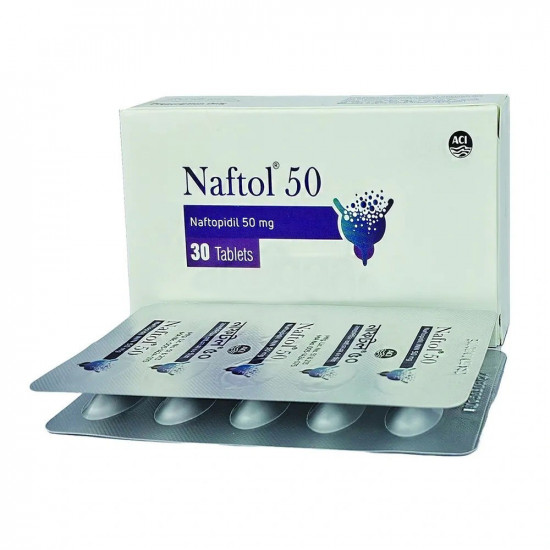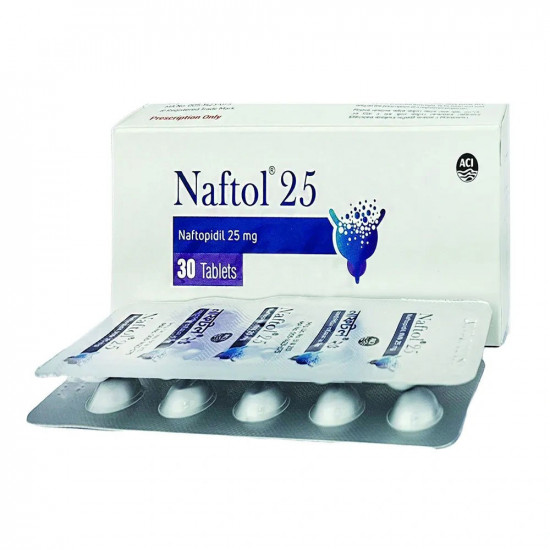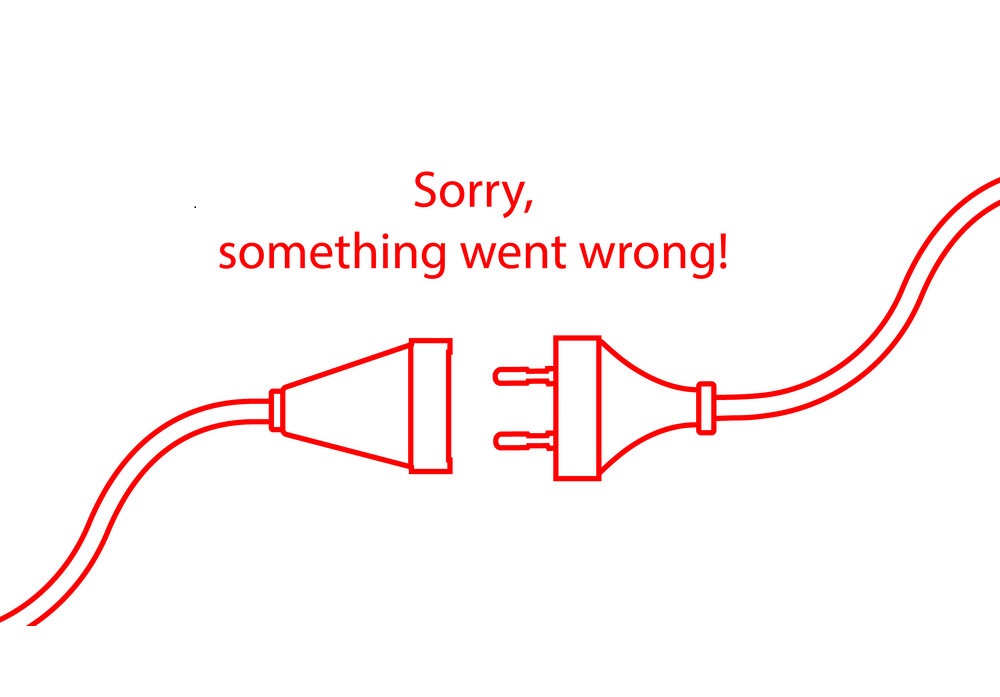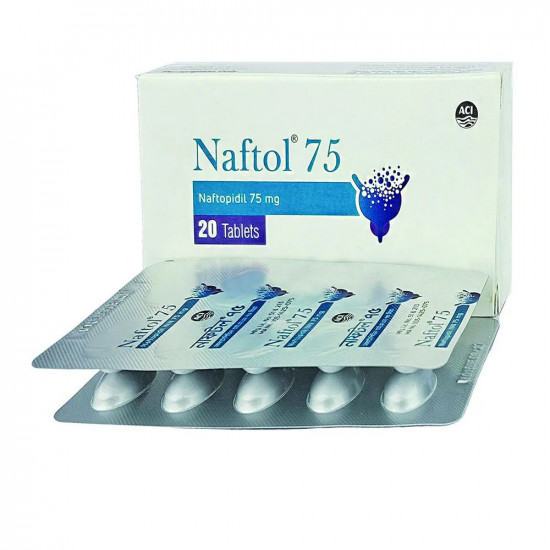
✔ 100% Authentic Product
👁️ Currently Viewing 1167
Naftol is used for the management of:
Benign prostatic obstruction (BPO)
Benign prostatic hyperplasia (BPH) with lower urinary tract symptoms (LUTS)
Note: Naftol does not reduce prostate size.
Discount
Price: ৳ 207
MRP:
৳
220
6%
Off

100% Genuine Products, Guaranteed

Safe & Secure Payments, Always

Fast, Secure & Efficient Delivery

Proper Packaging
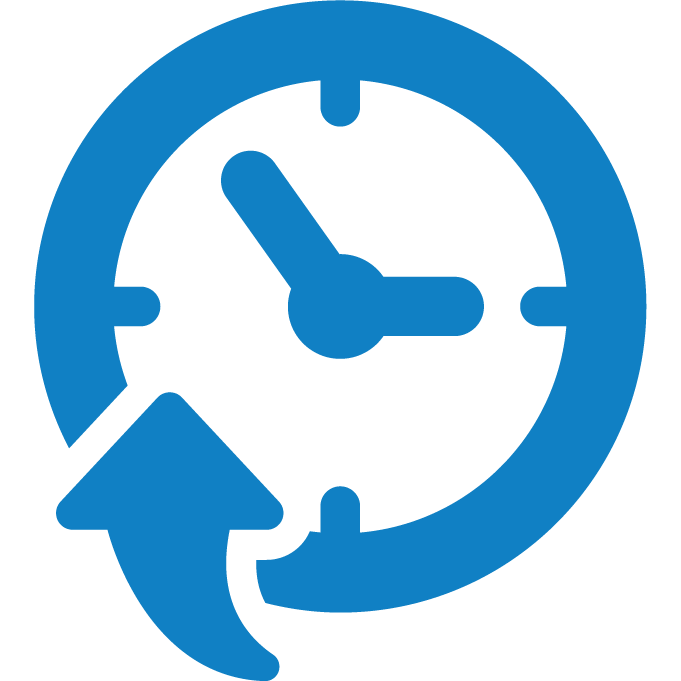 Cash on Delivery - All over Bangladesh
Cash on Delivery - All over Bangladesh Regular Delivery - 12-24 Hours, Dhaka City* Charge Tk.39-59
Regular Delivery - 12-24 Hours, Dhaka City* Charge Tk.39-59 Regular Delivery - 24-48 Hours, Other Cities* Charge Tk.99-110
Regular Delivery - 24-48 Hours, Other Cities* Charge Tk.99-110
 ফ্রি ডেলিভারিঃ - ৯৯৯ টাকা+ অর্ডারে, ঢাকা
শহরে
ফ্রি ডেলিভারিঃ - ৯৯৯ টাকা+ অর্ডারে, ঢাকা
শহরে ফ্রি ডেলিভারিঃ - ২৯৯৯ টাকা+ অর্ডারে, ঢাকার
বাহিরে
ফ্রি ডেলিভারিঃ - ২৯৯৯ টাকা+ অর্ডারে, ঢাকার
বাহিরে
100% Genuine Products, Guaranteed
Safe & Secure Payments, Always
Fast, Secure & Efficient Delivery
Proper Packaging
 Cash on Delivery - All over Bangladesh
Cash on Delivery - All over Bangladesh Regular Delivery - 12-24 Hours, Dhaka City* Charge Tk.39-59
Regular Delivery - 12-24 Hours, Dhaka City* Charge Tk.39-59 Regular Delivery - 24-48 Hours, Other Cities* Charge Tk.99-110
Regular Delivery - 24-48 Hours, Other Cities* Charge Tk.99-110 ফ্রি ডেলিভারিঃ - ৯৯৯ টাকা+ অর্ডারে, ঢাকা
শহরে
ফ্রি ডেলিভারিঃ - ৯৯৯ টাকা+ অর্ডারে, ঢাকা
শহরে ফ্রি ডেলিভারিঃ - ২৯৯৯ টাকা+ অর্ডারে, ঢাকার
বাহিরে
ফ্রি ডেলিভারিঃ - ২৯৯৯ টাকা+ অর্ডারে, ঢাকার
বাহিরে
✅ Description:
Naftopidil is a selective α1-adrenergic receptor antagonist, showing higher affinity for α1D receptors. It works by:
Relaxing smooth muscles in the urethra and prostate, facilitating easier urination
Reducing the overactivity of the detrusor muscle
✔️
Nafodil 50 Tablet contains naftopidil (alpha-blocker), primarily used to treat the enlarged prostate gland in males. Nafodil 50 Tablet makes it easy to pass urine by relaxing the muscles of the prostate gland. Effectively, it improves Benign Hyperplasia (BPH) and relieves the symptoms of difficult and painful urination. It decreases the difficulty in passing urine.
✔️ Common side effects include:
- Dizziness
- Headache
- Fatigue
- Blurred vision
- Stomach discomfort
✔️ Naftol may interact with:
- Painkillers
- Blood thinners
- Medications for rheumatoid arthritis
- Anti-anxiety medicines
- Antifungal agents
These combinations may increase the risk of side effects.
✔️ Dosage & Administration
Take orally after meals; swallow the tablet whole, do not crush or chew
Adults: Start with 25 mg once daily. If insufficient, increase gradually to 50–75 mg once daily at 1–2 week intervals
Adjust dose according to age and symptoms; maximum daily dose: 75 mg
Special populations:
Hepatic impairment: Dose adjustment may be needed in severe liver dysfunction
Renal impairment: No dose adjustment required
Children & adolescents (<18 years): Safety and efficacy not established
✔️ Contraindications
Known hypersensitivity to Naftopidil or any of its components
✔️ Pregnancy & Lactation
Pregnancy: No well-controlled studies; risk to mother or fetus unknown
Lactation: Effects on breastfed infants are unknown; use caution
✔️ Precautions & Warnings
- Use with caution in patients with salt imbalance, orthostatic hypotension, or diabetes
- May cause temporary loss of consciousness due to sudden drops in blood pressure
✔️ Storage:
Store in a dry place below 30°C, protected from light
Keep out of reach of children
⚠️Disclaimer:
At ePharma, we’re committed to providing accurate and accessible health information. However, all content is intended for informational purposes only and should not replace medical advice from a qualified physician. Please consult your healthcare provider for personalized guidance. We aim to support, not substitute, the doctor-patient relationship.




